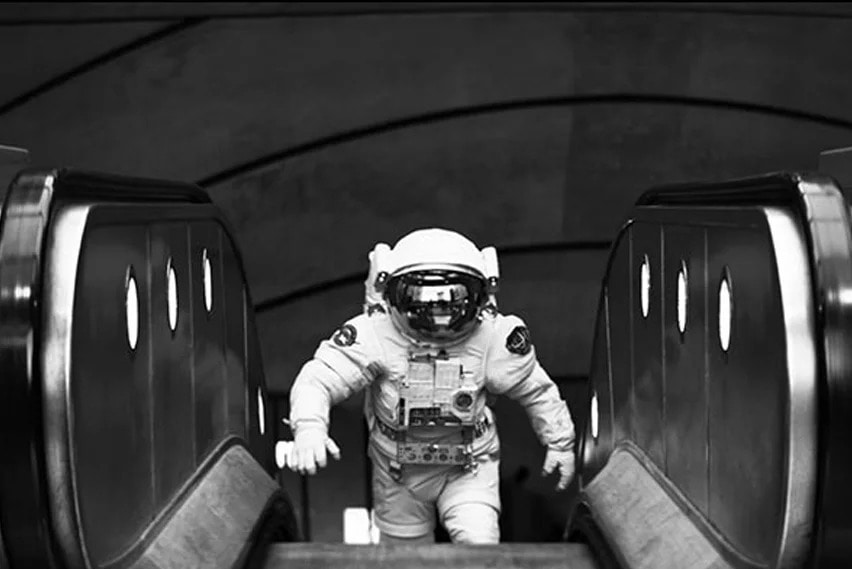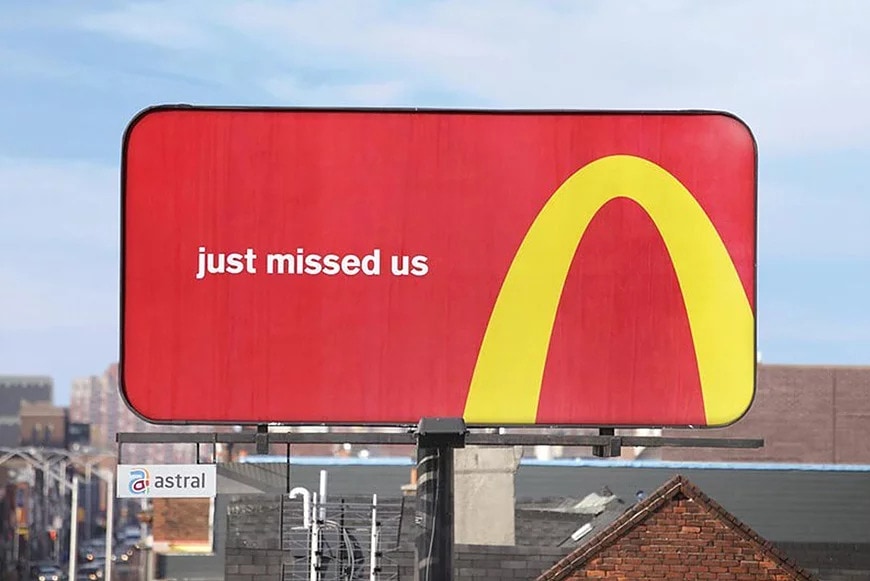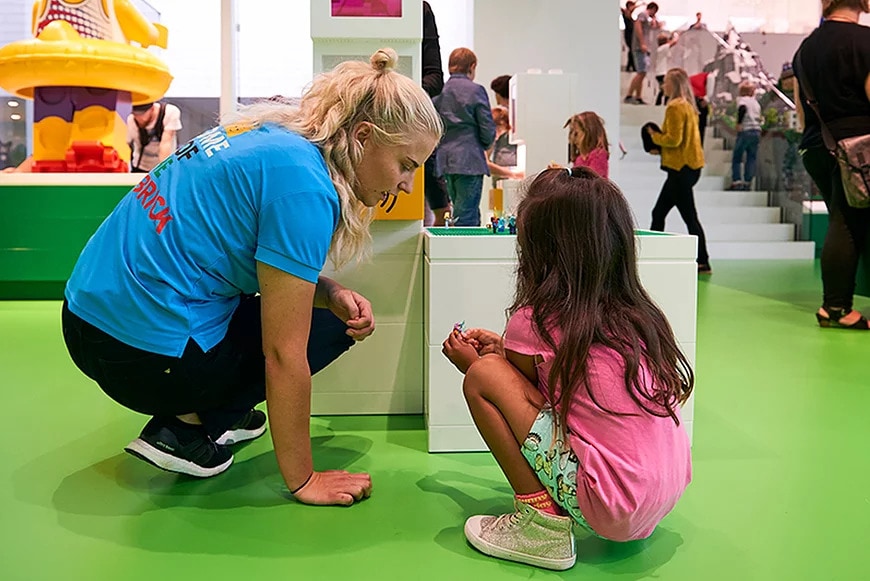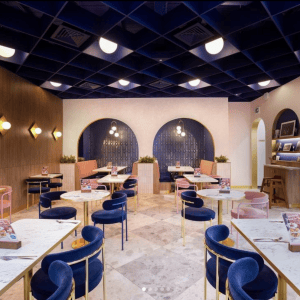
Prosper 2024 Recap
As we ready ourselves to bring all our collective Design might to this new year, we thought we would pause a moment to share a snapshot review of just some of our achievements over the past 12 months.
Change in the branding world continues to accelerate and evolve. Brands today need to be relevant, responsive and less predictable to keep pace.
The fight for consumers’ attention has never been tougher. People are bombarded with so much noise from brand messages, today’s consumers are much more savvy and selective about what – and who – they pay attention to. Brand identity and messaging needs to work across increasingly diverse contexts, from physical to digital realms. So it takes something bolder and braver to cut through the clutter and work across a range of environments.

Creating a brand identity today, you need to always think holistically and be experience minded rather than designing something in isolation. Does this logo work across multiple touch point?. How will it behave digitally and physically? Can it be disruptive enough to create a visual language? Our phones or tablets become the first point of engagement for many customers, the interaction experience is fundamental to brand and product success. When Wieden & Kennedy rolled out the new Formula One identity, some fans were horrified. However, it’s clear it has much more of a digital focus and reflects F1’s evolution into a global entertainment brand present across a multitude of channels.

Brands are taking more risks and breaking the chains of conformity, even well-established names and corporate sectors with deep rooted behavioural conventions. Some players in traditional business sectors such as banking and insurance are having fun with their brand and how they talk to – and engage with – consumers, especially younger ones who will be key to their future relevance.
First Direct was a pioneer in banking to break away from traditional stereotypes with a more refreshing, straight-talking approach, and Royal Life Insurance is using humour to shed some of its sector’s stiffness. Consumers are not frightened anymore to break convention, being less snobbish in how they mix their brands up. This allows older brand names to reinvent themselves, as seen recently with the nostalgia trend for casual sportswear brands. Retro labels such as Ellesse, Champion, Fila and Kappa are now seeing a renaissance in the leisure fashion world.

For the brands that have been around for decades or even centuries, there are lessons to learn on how they continue to evolve and remain relevant – it’s getting that balance right. Being bold for them is often about doing something unexpected, that’s more subtle and clever as they already have great awareness.
McDonalds recently deconstructed their iconic golden arches, transforming them into billboards for roadside advertising. The adverts cropped the original logo into smaller pieces that could also direct customers to the nearest McDonald’s restaurant. The campaign was also a playful way of demonstrating how recognisable the McDonald’s symbol has become, even when only portions of it are revealed.
The famous fast food brand also recently inverted the golden ‘M’ to a ‘W’ to support International Women’s Day using highly topical subjects in a simple but clever way. Iconic beer brand Guinness is also evolving – its latest Made of More positioning tells powerful stories people can relate to. After the financial crash, Guinness conducted research on how its brand can stay relevant for the next 20 years. The results showed a major need for substance in an era when people have become very cynical of major organisations.
Savvy consumers value authenticity and honest behaviour from brands more than ever and can spot phoniness a mile away. The days of superficial spin and mass market messaging are truly over. No more empty brand promises – you need to truly deliver on them.
Brands using topical issues to stay relevant must tread a careful line to maintain integrity and not seen to just jump on the bandwagon. Pepsi made this mistake last year with its Live for Now advert, sparking widespread criticism in co-opting protest movements such as Black Lives Matter for commercial gain.

Consumers expect more ethical brand behaviour now, to see corporate social responsibility in action. Younger consumers especially are very sustainability-conscious and look to buy products and services from companies addressing social and environmental issues.
One recent example of this is French apparel brand Lacoste bringing attention to the global state of biodiversity by swapping its distinctive crocodile logo for one of 10 threatened animal species on a series of limited-edition polo shirts.
With consumers now so well informed, there’s a natural move away from the hard sell towards a softer sell. This is one of the reasons why experiential led retail continues to thrive. If brands want to drive footfall, long-term engagement and ultimately increase sales, they need to think culture not commerce.
That’s why leading retailers are investing in concepts that produce great consumer traction rather than those directing them straight to products. Topshop’s Virtual Reality water slide concept in its London flagship store last summer is a great example of this softer sell approach. The VR headset visuals didn’t display any products but created great in-store buzz and share-ability.
In the experience world, it is easy to be distracted by what others are doing and follow suit. Yet brands that stand out and deliver a great experience are ones that craft a clear brand purpose through really knowing their consumer and understanding how their own brand identity manifests itself in a physical space.
Doctor Manzana in Valencia, Spain specialises in mobile phone repairs and smartphone cases but looks and feels completely different from other stores in this sector. Designed by creative consultancy MasqueSpacio to appeal to discerning customers from fashionistas to geeks, the stores have strong graphics, distinctive furniture and a bold colour palette, a great example of a consistent brand experience.
Geographical context is increasingly influencing in-store experience too, especially for global brands, with store designs attuned with their immediate surroundings. So not just changes between countries, but also on microscales for different neighbourhoods within the same city. This is why the Nike store in Shoreditch looks and feels very different to Oxford Street.

Brands also have to think more long term than ever and those still concentrating too much on rapid profit, quick wins and results will fail, as proved by the latest retail casualty – Toys R Us. To excite consumers, the focus needs to be more on interaction than transaction.
The toy store that called itself a ‘magical place’ in its heyday was anything but – its big unwelcoming stores with aisles piled high with products felt mundane in today’s retail world. Contrast that with a Lego store, centred around huge benches of bricks to play with and team members waiting to help build things. It’s clear which is the much more exciting environment.
What’s clear from all the trends discussed is that if you don’t change, you don’t survive. The failure of Toys R Us and other once big high street names shows that standing still or being complacent is not an option. It really is a case of evolve or die.
Brands must innovate, evolve and excite consumers to focus more on experience but not for its own sake. Everything still needs to be kept relevant to the brand so offering something truly original will be key to future retail branding success.

As we ready ourselves to bring all our collective Design might to this new year, we thought we would pause a moment to share a snapshot review of just some of our achievements over the past 12 months.

We’re thrilled to share more photos of our recent Patisserie Valerie project, completed at the end of 2023!